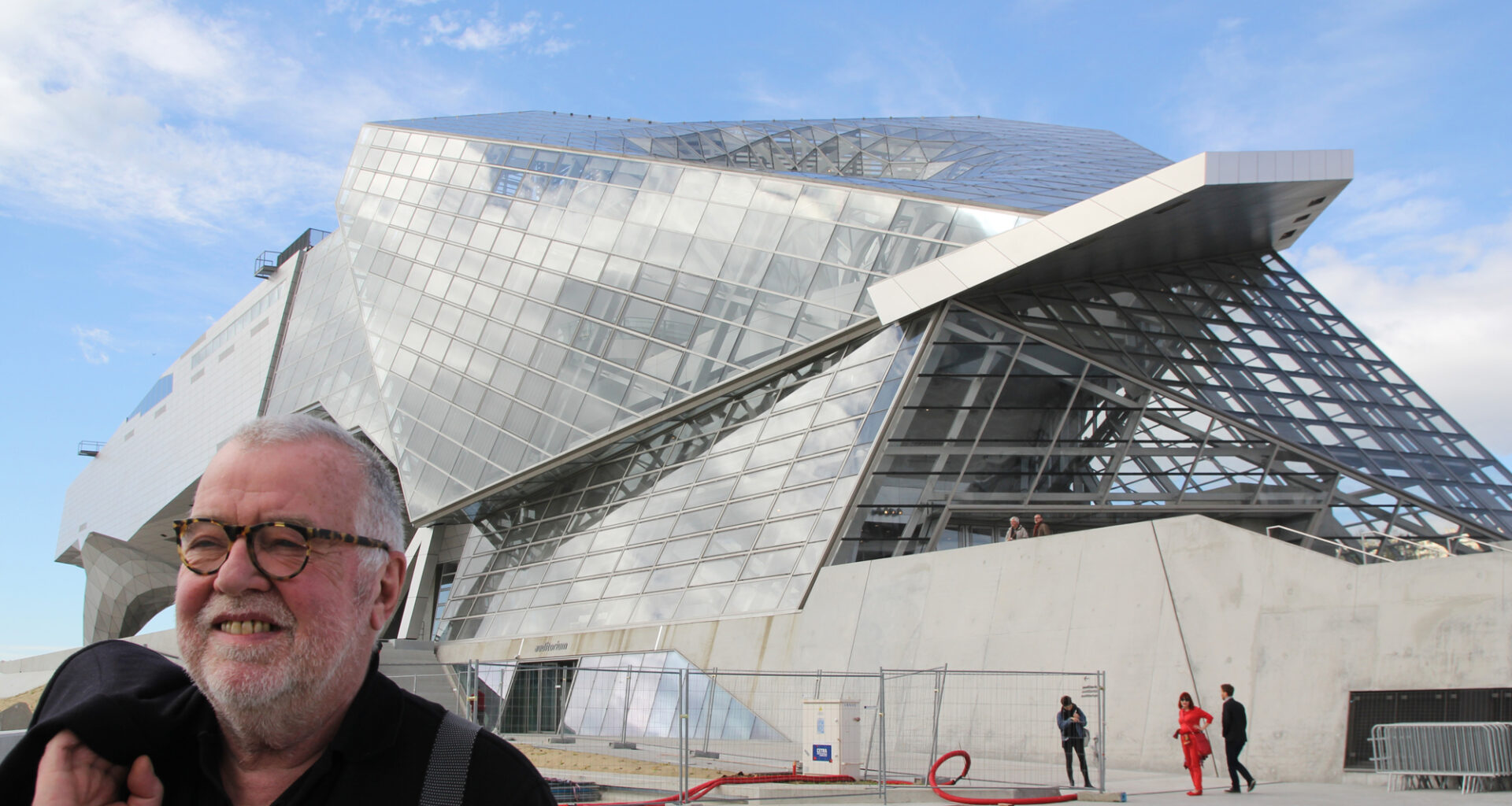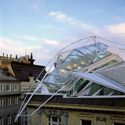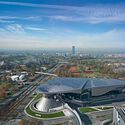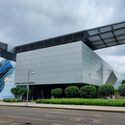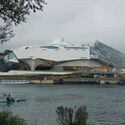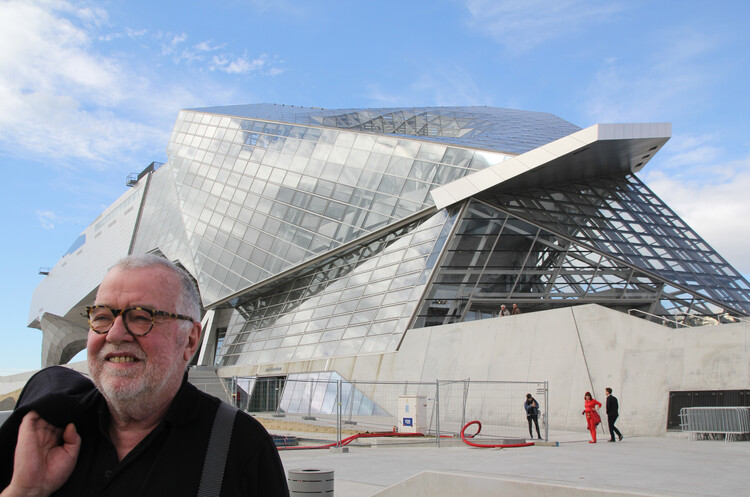 Helmut Swiczinsky in front of the “Musée des Confluences” in Lyon. Image © Adam Wehsely-Swiczinsky under Wikimedia Commons CC4 License
Helmut Swiczinsky in front of the “Musée des Confluences” in Lyon. Image © Adam Wehsely-Swiczinsky under Wikimedia Commons CC4 License
Share
Or
https://www.archdaily.com/1032709/helmut-swiczinsky-co-founder-of-the-coop-himmelb-l-au-passes-away-at-81
Helmut Swiczinsky, co-founder of the Viennese architecture collective Coop Himmelb(l)au and a key figure in experimental and deconstructivist architecture, passed away on July 29, 2025, at the age of 81. Born in 1944 in Poznań, Poland, he studied architecture at the Vienna University of Technology and the Architectural Association in London.
In 1968, Swiczinsky co-founded Coop Himmelb(l)au alongside Wolf D. Prix and Michael Holzer. The studio quickly gained international recognition for its radical design approach, defined by fragmented geometries, exposed structural systems, and spatial complexity. After Holzer’s departure in 1971, Swiczinsky and Prix continued to lead the practice through the 1980s and 1990s, establishing it as one of the most prominent voices of the deconstructivist movement.
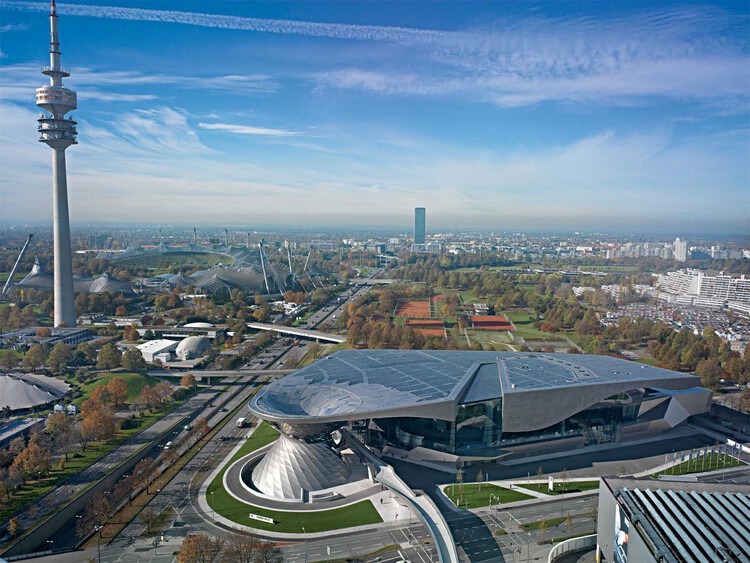 BMW Welt / Coop Himmelb(l)au. Image Courtesy of BMW
BMW Welt / Coop Himmelb(l)au. Image Courtesy of BMW
Swi, as we called him, was not only an outstanding “Raumarchitekt” but also a fantastic “Konstrukteur.” Many daring CHBL constructions can be traced back to him. But he was more than just an architect. He could spend hours talking to close friends about philosophy, society, education, and inventions. – Wolf Dieter Prix, in farewell statement.
Related Article The Early Days and the Enduring Legacy of Coop Himmelb(l)au 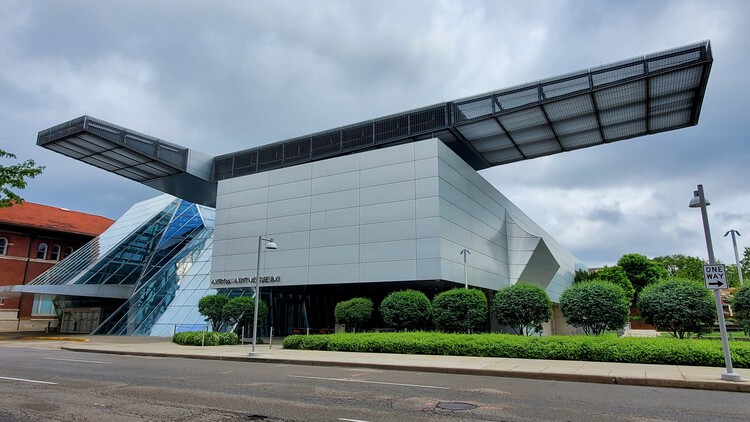 Akron Art Museum in May 2024. Image © Dillguy9 under Wikimedia Commons CC0 1.0 License
Akron Art Museum in May 2024. Image © Dillguy9 under Wikimedia Commons CC0 1.0 License
Notable early projects of the studio include the Rooftop Remodeling Falkestrasse in Vienna, completed between 1983 and 1988; the Funder Factory extension in St. Veit an der Glan, finished in 1988; and the UFA Cinema Center in Dresden, realized from 1993 to 1998. Their work was included in the 1988 “Deconstructivist Architecture” exhibition at the Museum of Modern Art in New York, presented alongside other practices that redefined the formal language of modernism. Swiczinsky played a key role in the studio’s international expansion during the 1990s and early 2000s. Some projects from this period include the SEG Apartment Tower in Vienna, completed between 1994 and 1998; the expansion of the Akron Art Museum in Ohio, finalized from 2004 to 2007; and BMW Welt in Munich, realized between 2001 and 2007. In parallel with his professional practice, he briefly served as a visiting professor at the Architectural Association in London in 1973.
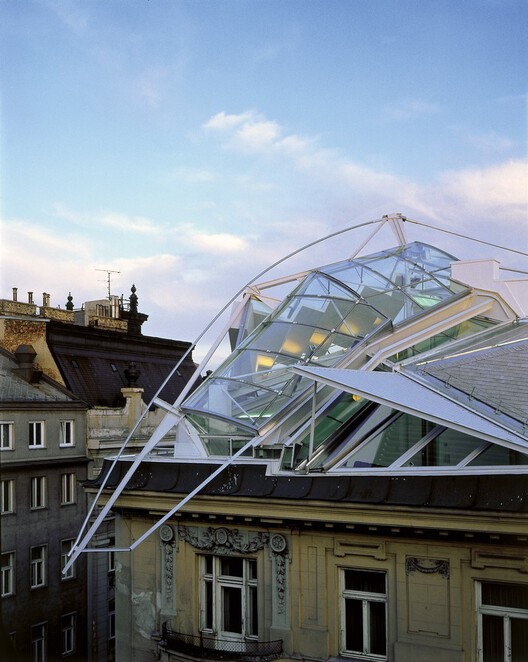 Rooftop Remodeling Falkestrasse, Vienna, Austria 1988. Image Courtesy of Duccio Malagamba
Rooftop Remodeling Falkestrasse, Vienna, Austria 1988. Image Courtesy of Duccio Malagamba
He stepped down as managing director in 2000 and retired from the partnership in 2006. Under Wolf D. Prix‘s continued leadership, the studio went on to complete major commissions such as the Musée des Confluences in Lyon, completed from 2001 to 2014, and the Martin Luther Church in Hainburg, finished between 2008 and 2011. Over the course of his career, Swiczinsky received numerous honors, including the Schelling Architecture Prize in 1992, the German Architecture Prize in 1999, the Grand Austrian State Prize in 2000, the European Steel Award in 2001, and the Decoration of Honour for Services to the State of Vienna in 2002. He was also a permanent member of the European Academy of Sciences and Arts, based in Salzburg.
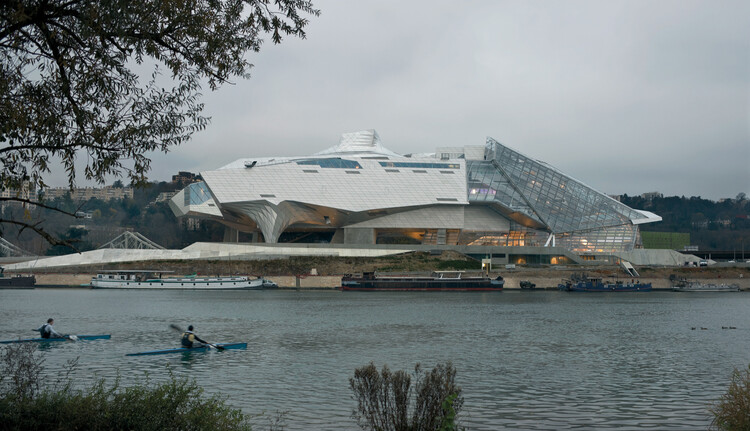 Musée des Confluences / Coop Himmelb(l)au. Image Courtesy of Duccio Malagamba
Musée des Confluences / Coop Himmelb(l)au. Image Courtesy of Duccio Malagamba
Swiczinsky’s contributions to Coop Himmelb(l)au and to late 20th-century architectural discourse played a key role in expanding approaches to form, structure, and spatial organization. Through both conceptual and built work, he helped develop a design language that diverged from conventional modernist frameworks. His influence remains evident in ongoing explorations of experimental architecture within contemporary practice.

